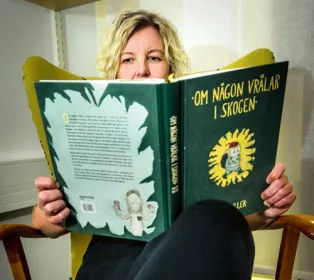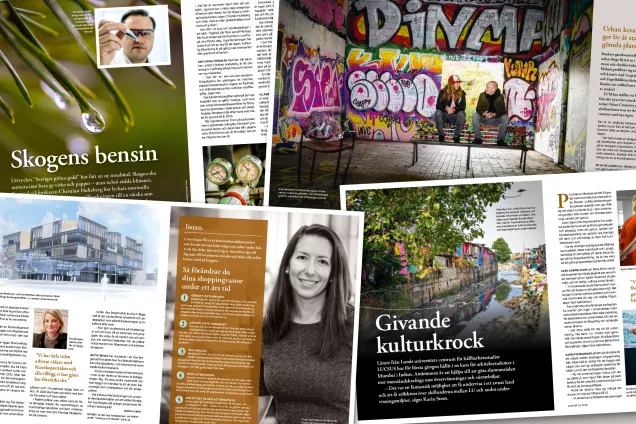“The limited space and the immediacy of the images make this media more intense and poignant. It speaks to a person’s emotions just like poetry, and creates an emotional authenticity”, says Nina Ernst, who has studied the development of autobiographical comics and the narratives they use.
The advent of comic art schools in the 90s and the immediacy of comics partly explain its increased cultural status. Nina Ernst has studied the development and narrative of autobiography. Although, autobiographical comics date back a long time, the genre has recently experienced a real boost.
“After 2010, the stories became longer and more complex. The trend of narrating one’s own life is also evident in prose from the same period, such as in Knausgård’s books”, says Nina Ernst who, in her doctoral thesis, is studying the development of autobiography in comics. She has chosen three cartoonists whose works she has studied more closely: Mats Jonsson, Malin Biller and Simon Gärdenfors.
Typical of the genre is naked self-disclosure and often themes having to do with a difficult upbringing: mental illness, complicated parent-child relationships and escape. A mutual forerunner to those who draw autobiographically today is Art Spiegelmann. In his Pulitzer Prize-winning work “Maus” from 1992, he drew autobiographically, and about his father and the Holocaust. Drawing about the hardest things in life was new at the time.
The body is very central in most of these autobiographical comics. The depiction of the body is used to deglorify, show vulnerability, a state of illness or sexuality, and often with the aim of breaking taboos.
“In Malin Biller’s book Om någon vrålar i skogen (If someone howls in a forest), she critically examines sexuality by visualising both the abuse by her father and the discovery of sexual pleasure through a masturbation scene”, says Nina Ernst.
Likewise, the cartoonists often uglify themselves and break away from stereotypes. They describe their own shortcomings, their ill-being and that, despite them, everything is fine. This has both a calming and liberating effect on the reader.
“The opportunities of the medium, with both images and text, relate to the present. We live in a visual time. The constant flow of information means that we no longer have the same time and the energy for long texts”, believes Nina Ernst. “This combined medium is effective in a time like this”, she continues.
Many of the women who are currently active in this field have gone to the Comic Art School in Malmö, and the previous dominance of young white men has waned.
GISELA LINDBERG



